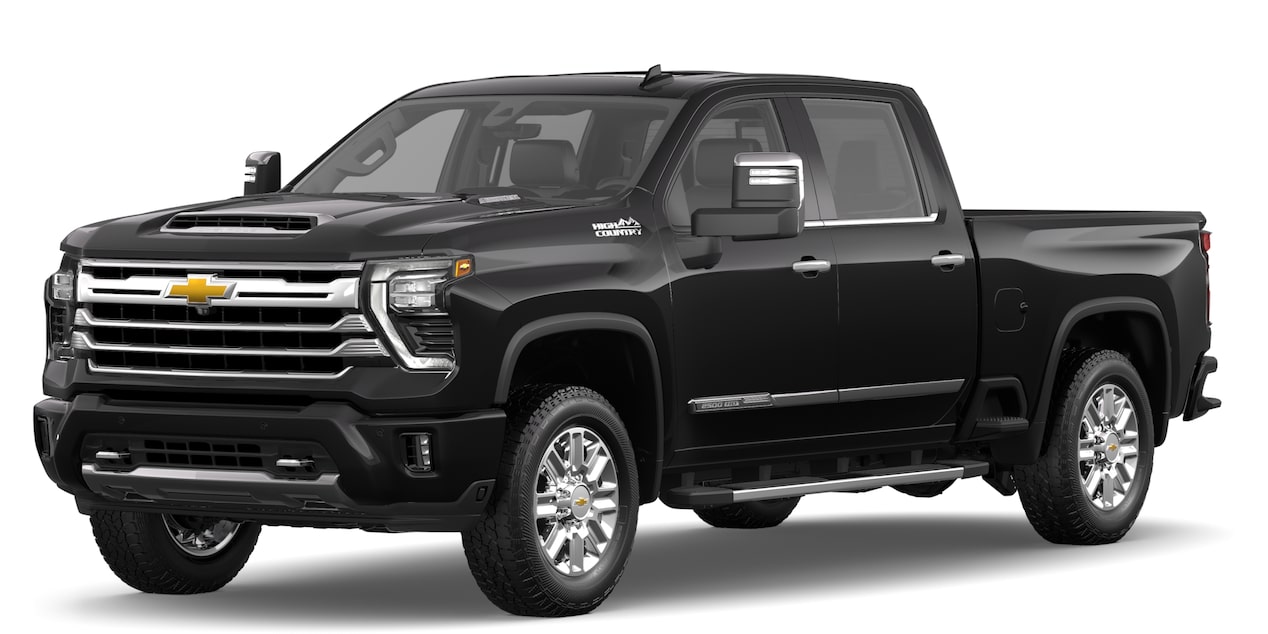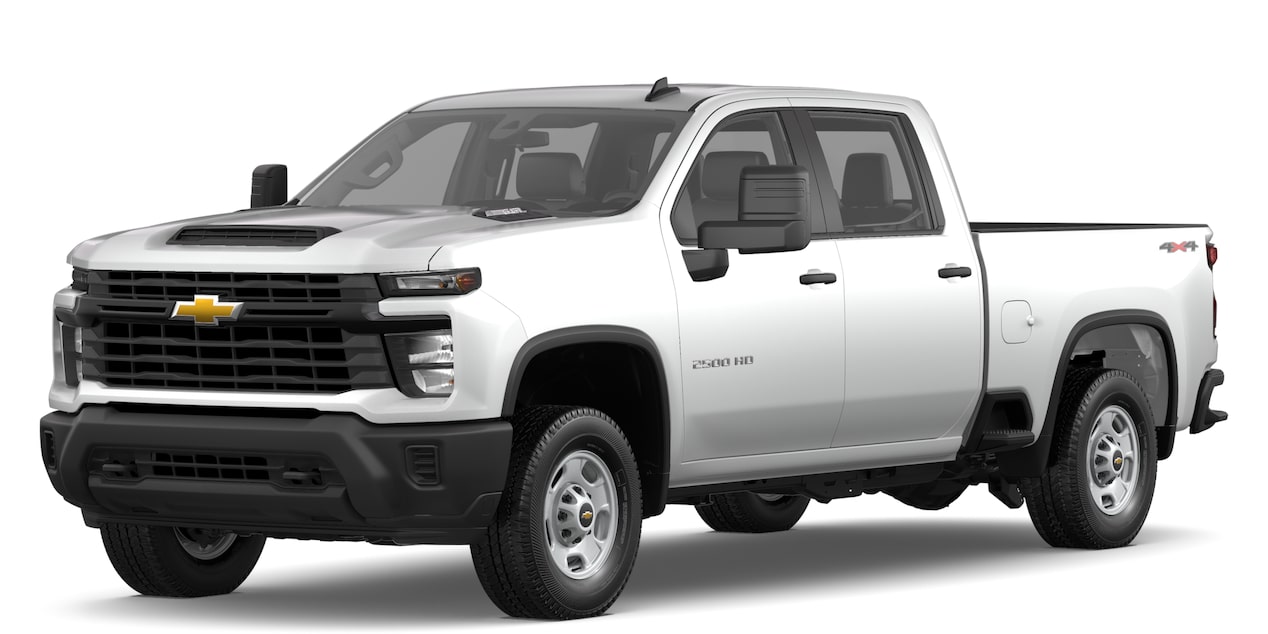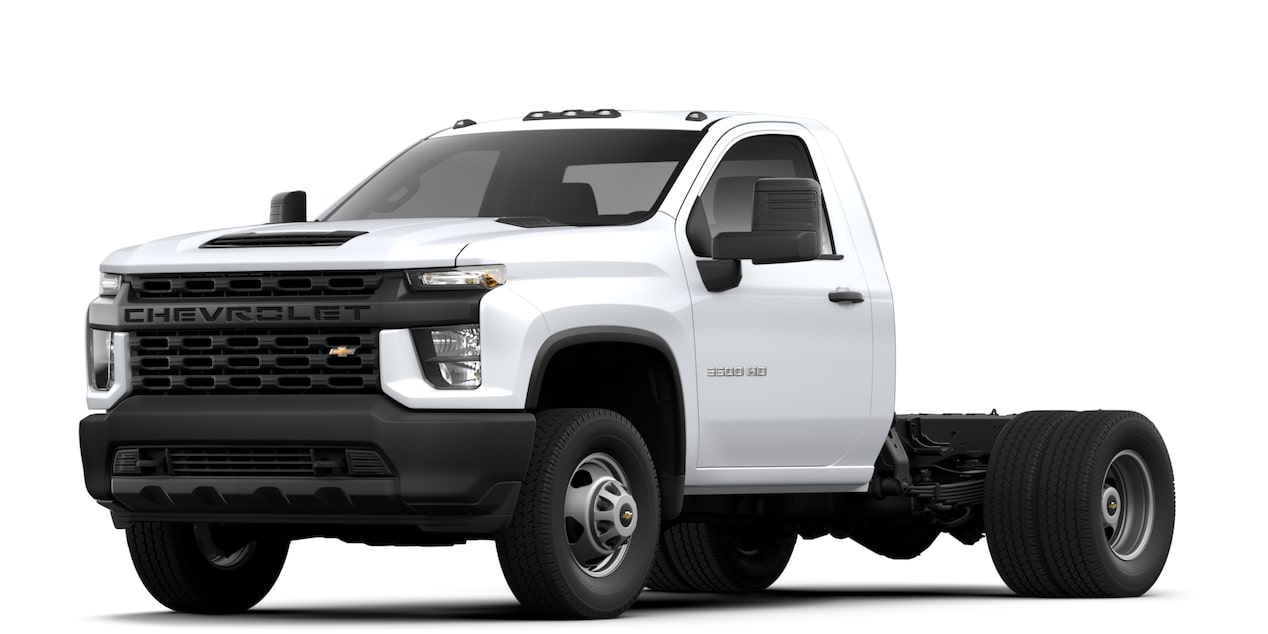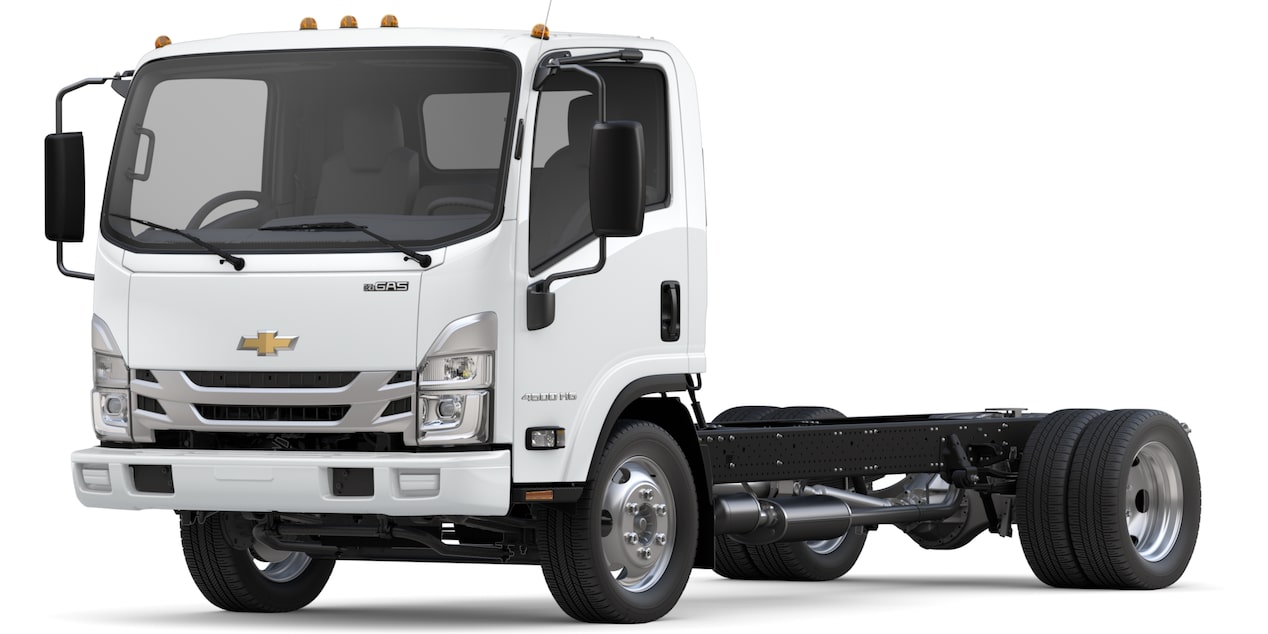
Published 10/11/21
Project LS9TT Part Two: The Dyno
WORDS: DAN HODGDON
PHOTOS: CHEVROLET
Share on
Visit us at
There are those individuals whose influence seems to be felt at every historic moment or turning point over the years. At General Motors, Ron Sperry is one of those people. He's been involved in a multitude of company- and industry-changing projects for close to six decades.
Earlier this year, we began telling the story of the LS9TT -- a project in which GM engineers Vince Tiaga and Dave McKenna were tasked with updating an LS9 long block (P/N 12624262)* using all stock or off-the-shelf components. Their goal was to replicate a twin-turbo engine build a customer might be able to produce in his or her home garage.

The LS9TT on the dyno.
Now we’re back to share just what type of power those components made when they were first tested on the dyno.
To refresh your memory, the LS9 for the build utilizes a stock valve train and internals, along with Borg-Warner EFR-7163 turbos. Other components include JEGS brand stainless steel 1 ⅞” turbo headers, a stock LS3 intake system (P/N 19418251) and the popular Holley HP EFI system.
On the dyno at the GM Racing and Performance Center in Pontiac, Michigan, the pair used extensive instrumentation to keep tabs on the vitals and gather a cache of data. They used each piece of new knowledge to incrementally increase boost levels until they found the optimal combination. They also utilized the readily available Holley HP EFI ECU to not only control the spark and fuelling of the engine, but also the electronic boost control solenoids to accurately and repeatedly dial in boost pressure levels.
Tiaga and McKenna targeted 1,000 horsepower, and when the project was complete, they had produced a power plant cranking out 1,020 horsepower and 990 lb.-ft.of torque.
To prepare the engine for testing, the engine first goes through the Setup department, where the team highlights the various instrumentation they would like added, such as temperature, pressure and air/fuel sensors. After being mocked up, the engine goes into the test cell where it is readied with items like exhaust manifolds, engine mounts and all test-specific items, usually taking a day or two to get everything up and running. Some racing engines feature elaborate setups, but being a production-based engine, the process of readying the LS9 was relatively straightforward.

The LS9 on the dyno covered in instrumentation wires.
According to McKenna, he usually has an idea of what an engine will reveal, but surprises do arise.
“You can normally try to outline a skeleton of a test plan of what you think you want to perform, then essentially use the dyno to validate that hypothesis,” he explains. “But sometimes you learn something new that you weren’t expecting, so then it could take your testing in a different direction. In this instance, we had a pretty good idea ahead of time.”
The duo started with a conservative calibration in terms of air-fuel ratio and spark advance. They began running the engine with race fuel at low boost, gradually increasing boost pressure and spark advance to what they felt was a safe point, and then switched over to 93-octane pump gas where they backed down to their conservative calibration and gradually worked up to higher power levels.
“We’ve got a ton of instrumentation on this thing...wideband oxygen sensors in the exhaust, but then also we’ve got basically everything imaginable that you could instrument on the engine,” McKenna explains. “We’ve got temperatures and pressures everywhere essentially, we’ve got cylinder pressure transducers that are actually tapped into the cylinder head, so we can monitor and record the actual pressure in the combustion chamber. With that information and some good data from the production team on what the design criteria were for this LS9 engine when it was new in terms of peak cylinder pressures, we were really able to push the envelope.”
That information allowed the team to increase the power level in small increments with their calibration and monitor the cylinder pressure to not exceed the peak number the engine and hardware was designed for. It also represents an example of the daily teamwork that occurs throughout the Chevrolet Performance staff.
According to Tiaga, the extensive instrumentation utilized for testing also gives the engine a look reminiscent of a certain figure from Greek mythology.
“That kind of also explains why the engine in a couple photos looks like Medusa rather than a regular engine,” he says. “It’s just because it’s covered in wires. I mean like Dave mentioned, there’s instrumentation at every point throughout the whole engine.”

The LS9TT engine running in the dyno cell.
The original intent was to learn what could be achieved with the LS9’s production hardware, but ultimately it became clear to Tiaga and McKenna that there were two notable, but easy, upgrades required to hit their 1,000 horsepower target. They came in the form of fuel injectors and the type of fuel being pushed through them.
“We ended up needing a larger fuel injector [than stock], and then ultimately the limitations of pump fuel were evident,” McKenna explains. “To achieve the final results of 1,020 horsepower we were running a larger fuel injector and E85.”
All injectors are rated in pounds per hour, and although it’s possible to utilize an online calculator to determine how much horsepower they will support, the Holley ECU in the EFI system allows users to monitor duty cycles. Once the injector reaches near 100-percent duty cycle there is nothing more it can give. In their tests, Tiaga and McKenna pushed the injectors until they were near 100 percent and decided they needed to move to the next larger set of injectors, their research having determined the injector size was a limiting factor.
As for the fuel, McKenna notes that E85 buys both some octane benefit and charge cooling, an effect especially beneficial in boosted engines since the compression heats up inlet air. Using in-cylinder pressure transducer data, the team was able to see both cylinder pressure and knock at a high resolution, which led to making the switch to E85.
“On pump gas, you’re going to be limited at some point by the detonation limit of the fuel, McKenna says. “E85 has a higher octane rating, I think it’s something like 105 octane, and it’s also got the benefit of charge cooling. The higher evaporative rate of the alcohol content in the fuel will cool the intake charge. That buys you a little bit more safety margin when pushing high boost pressures.”
Both larger fuel injectors and E85 gasoline are also readily available to garage builders and shadetree mechanics.

Another look at the LS9TT on the dyno.
While the LS9TT project is ongoing, the initial results were achieved in relatively short order.
“We were on dyno I think for a total of four days, pretty much from start to finish, from the time we had the engine installed and running to the time we pulled it off,” Tiaga says.
However, both engineers believe there is still more horsepower that can be squeezed out of their project -- performance gurus are always looking for a little bit extra.
Be sure to keep watching The BLOCK for much more on this project.
*12624262 ENGINE ASM,GAS 6.2L LS9 service long block
Includes RWD Service long block + Piston cooling oil nozzles, Engine oil cooler, 6 Ignition coils, Multiple engine sensors, Full forged rotating assembly, Titanium Intake valves, Stainless hollow exhaust valves, and is designed for boost straight from production





































